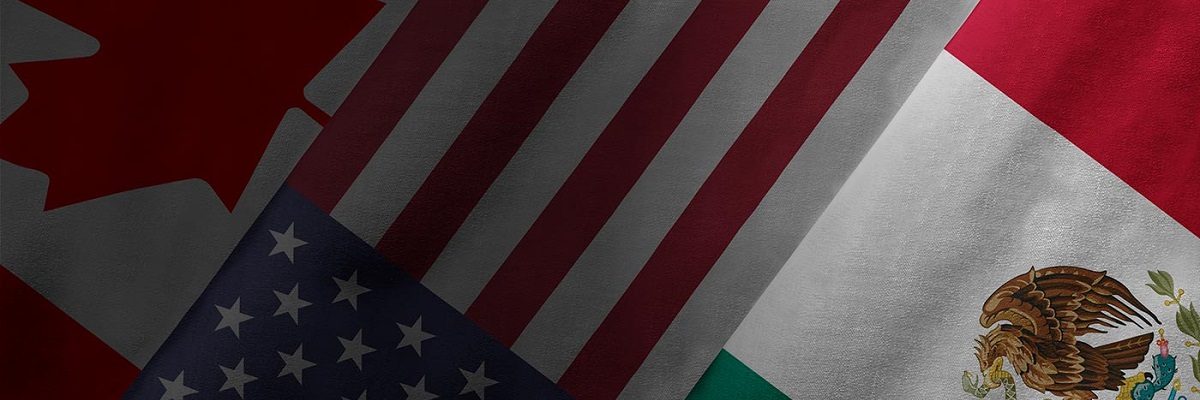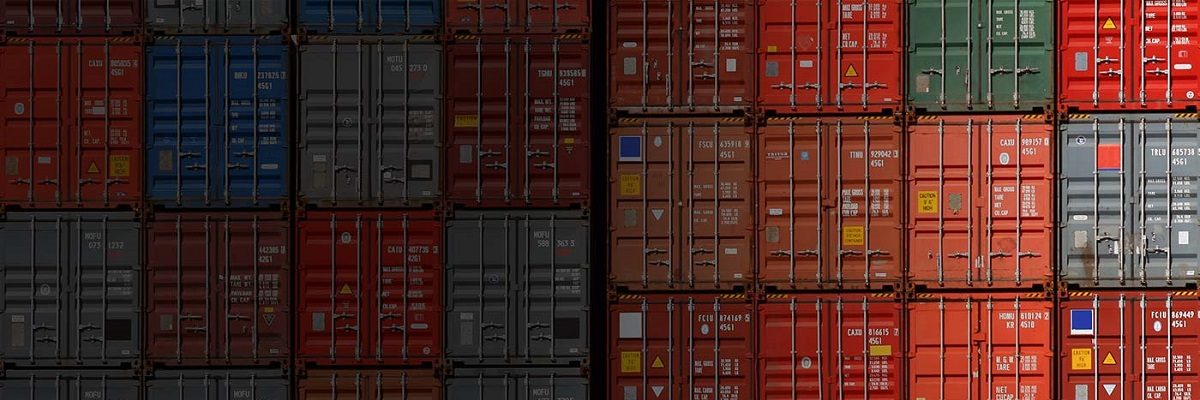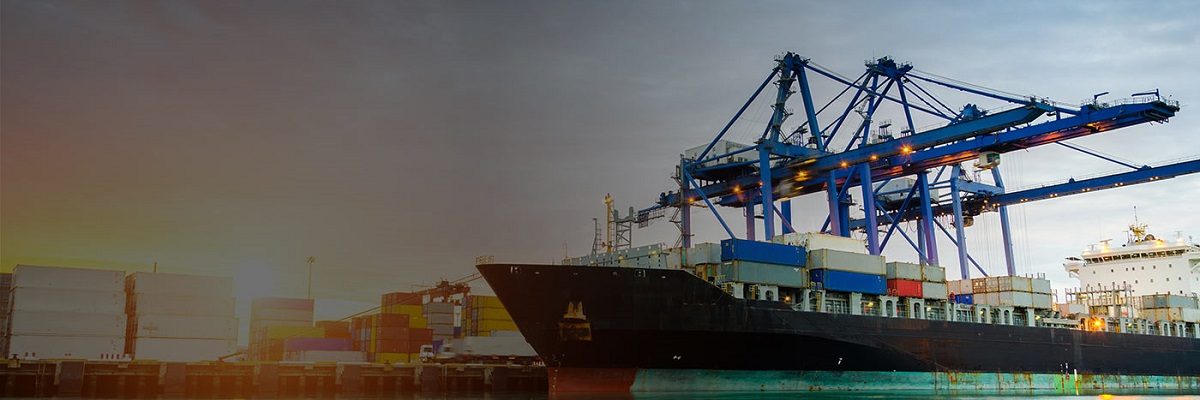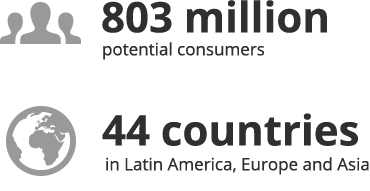Worried about today’s uncertain trade winds?
Here are ten tips to help you manage your risk and navigate trade effectively during these changing times.
1. Keep informed. Think diversification.
Stay up-to-date about what’s taking place in North America as well and the impact around the world. Talk to EDC market experts as well as tap into the Trade Commissioner Service for the latest up-to-date information about potential markets. With CETA coming online, look at doing (more) business in the EU.
2. Communicate.
The new currency in this uncertain era will be both intelligence and ongoing communication. Don’t assume, know. Specifically, talk to your customers as well as your own suppliers. Develop strategies and possible contingency plans together, on how to deal with what the future may have in store.
3. Look beyond the rhetoric.
Supply chains won’t be changed overnight. Be strategic, especially as far as Mexico is concerned. The Peso is low. While some companies are waiting to see how the dust settles, innovative companies are looking Mexico now for investment opportunities. The impact of the possible changes in trade may be small or negligible.
4. Go back to the basics that have gotten you to where you are today and keep it simple.
How have you maximized profit margins in the past? What needs to be changed to be successful today?
5. Analyze your supply chains and look at the overall North American content.
There’s a possibility that North American content requirements may increase.
6. Revisit your overall business plans and market strategies.
If you haven’t updated them, there is no better time.
7. Look at how exchange rates may offset some of the risk.
The Peso has fallen considerably and the Canadian dollar is down. Both currencies could fall further depending on the outcome of the negotiations, specifically the tax plan.
8. Have a currency FX rate risk mitigation strategy in place.
9. Don’t panic. Business will continue.
The North American economic relationship and integration is deeply rooted. Changes won’t happen overnight – they could take years. However, successful companies in the new economic normal will be defined by how quickly you can adapt to change.
10. In the words of Senior Trade Expert and Award-Winning Economist, Jayson Myers:
“My advice to Canadian companies is to remember that you are business people, so go and make money. Don’t sweat the small stuff in terms of things that may not happen.”

















